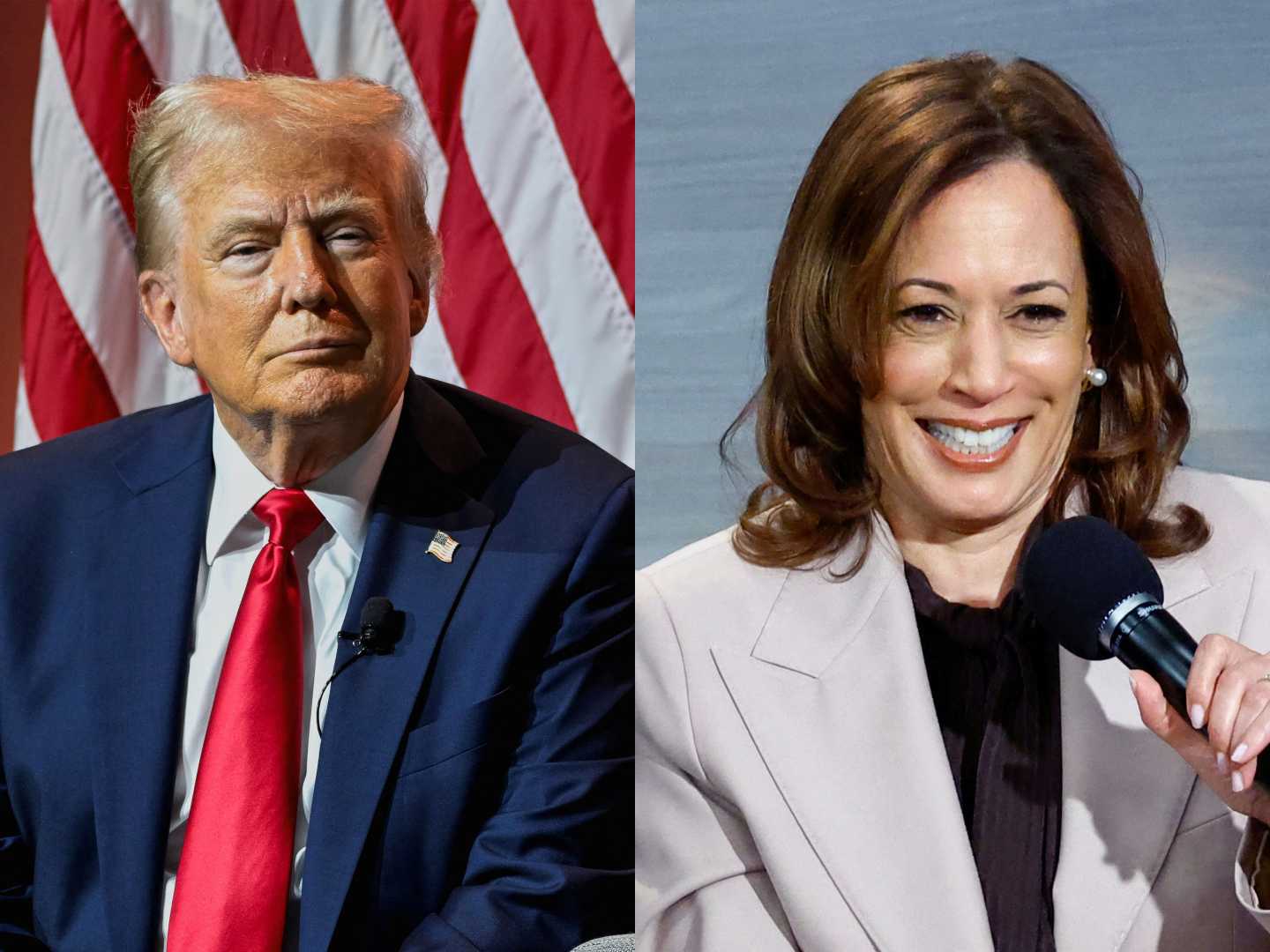News
US Presidential Election: Harris and Trump in Tight Race as Voting Day Approaches

The United States presidential election campaign is entering its final weeks, with Americans preparing to cast their votes on November 5, 2024. Early voting has already commenced in several states, including key battlegrounds such as North Carolina and Georgia.
Democratic Vice President Kamala Harris and Republican former President Donald Trump are engaged in a close contest as they attempt to persuade undecided voters. Unlike many countries, the United States does not determine its president through the popular vote. Instead, the Electoral College, a body of electors representing each state, ultimately decides the winner. A candidate must secure 270 of the 538 available electoral votes to claim victory.
Recent national polls indicate that Harris holds a slight edge over Trump with a 2-percentage-point lead. In July, current President Joe Biden withdrew from the presidential race, endorsing Harris as his successor. This endorsement has bolstered Harris’s position, as her approval ratings have improved since then.
Poll analysis from FiveThirtyEight suggests Harris’s prospects are favorable, projecting her to succeed 54 times out of 100 compared to Trump’s 46. However, the race remains tight, particularly in pivotal swing states such as Arizona, Georgia, Michigan, Nevada, North Carolina, Pennsylvania, and Wisconsin.
Swing states often play a decisive role in determining the election outcome due to their unpredictable political leanings. In the 2020 election, Georgia and Arizona shifted from Republican to Democratic, with Georgia marking a significant change after nearly 30 years of Republican dominance.
The Electoral College’s structure occasionally results in a potential tie scenario, where each candidate could receive 269 votes. If no candidate achieves the necessary 270 votes, the US House of Representatives would decide the election outcome. Each state’s House delegation would cast a single vote, with a simple majority (26 out of 50) required for victory. Meanwhile, the US Senate would select the vice president through individual senatorial votes, needing 51 for a majority.
Polling methodologies vary, often involving telephone or online surveys, and in some instances, postal or in-person interviews. Polling firms apply various factors to weight their results, including sample size, pollster credibility, timing, and methodology. However, polls are not infallible, as past elections have shown underestimations in Republican support, notably in the 2016 and 2020 elections.
Challenges in achieving accurate polling results include respondents’ willingness to participate and varying voter turnout levels. For example, Trump’s supporters have previously been less likely to respond to poll inquiries, leading to potential nonresponse bias. Additionally, higher than expected turnout in 2020 impacted polling accuracy.
The margin of error inherent in polling signifies the possible range of actual outcomes, with most current polls indicating Harris and Trump’s support levels are within this margin, highlighting the closeness of the impending electoral decision.












